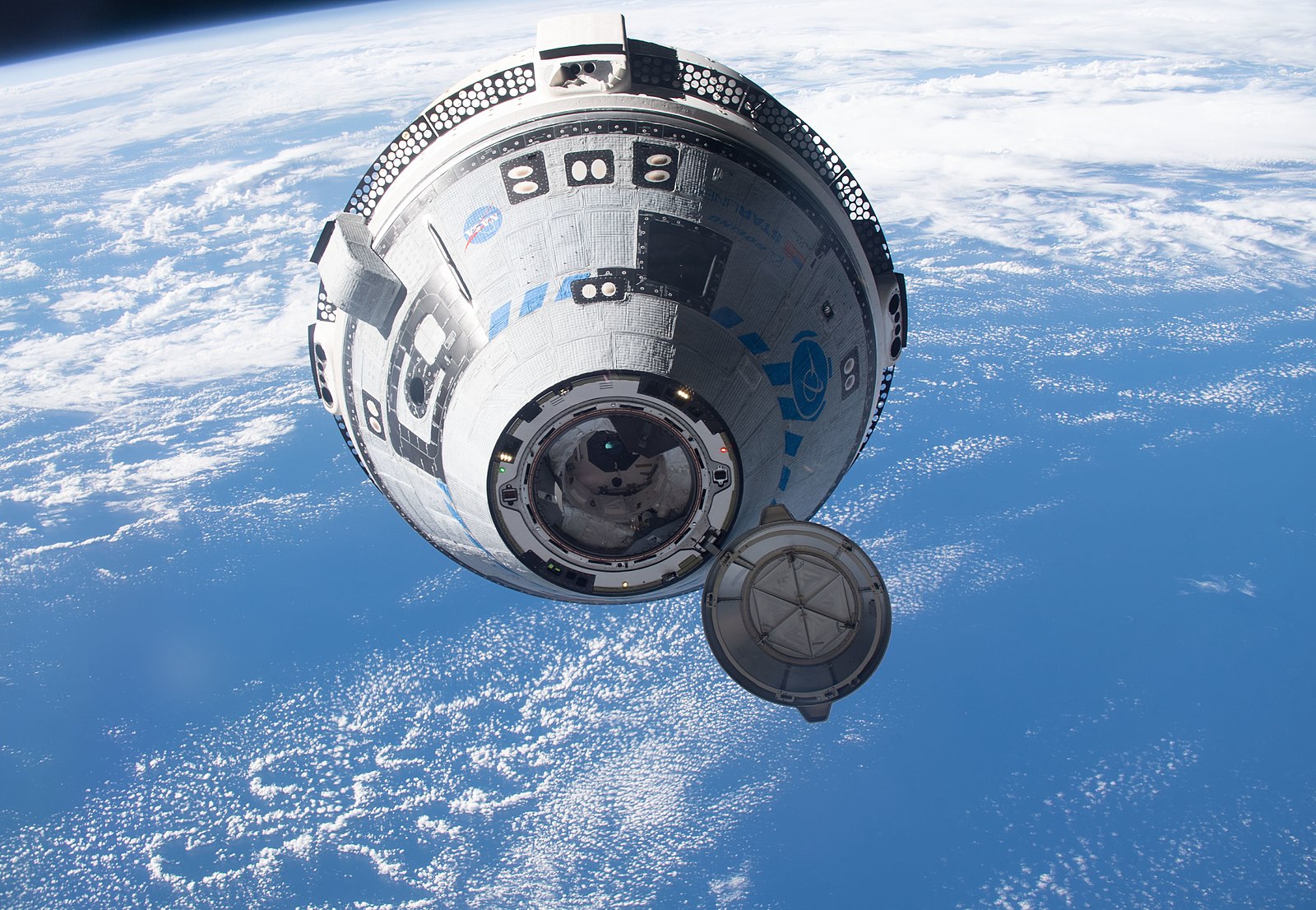On June 5, 2024, at the Cape Canaveral Space Force Station in Florida, the Starliner Crew Flight Test (CFT)—consisting of astronauts Butch Wilmore and Suni Williams—launched and was on its path towards the Internation Space Station (ISS). However, when the spacecraft arrived back on Earth on September 7, both Wilmore and Williams were left to orbit on the same Space Station they sought to go and return from.
This change of plans seems to have appeared out of nowhere, but even back when this mission was announced in 2010, there were a variety of problems that occurred that delayed the launch of the spacecraft.
The Beginning Testing Process of the Capsule
At first, the Starliner was supposed to embark on its first Orbital Flight Test (OFT-1) back on December 20, 2019. But the mission was unsuccessful due to software glitches that forced it to make an early return to Earth.
The Independent Review Team was announced by NASA to have done several reviews and repairs of the software glitches of the Starliner that caused its earlier failure. In which, on May 19, 2022, OFT-2 was launched successfully despite its earlier postponement to August 3, 2021.
June 5, 2024, the date of its successful CFT launch after three attempts involving Wilmore and Williams. The Starliner was scheduled to spend eight days in space and to return on June 14. It obviously did not return home on that date, unfortunately. However, the question is why? What went wrong with Boeing’s Starliner capsule?
During one of the days past the return date, Boeing stated that there were problems involving the Starliner that caused the astronauts to stay on the ISS. Wilmore and Willains were said to be “not stranded” but there were no updates on when the return mission would occur.
These said problems of the capsule were mostly about the thruster malfunctions, as well as the helium leaks that happened during the route from Earth to the ISS and the days before the first return date.
Problems and Issues of the Starliner
Starting with the topic of the thrusters failing to work properly.
As the spacecraft neared the ISS, the Starliner’s twenty-eight control system thrusters—the same thrusters used to adjust the capsule to properly dock onto the space station—malfunctioned and delayed the official arrival onto the ISS by an hour.
Fortunately, four thrusters were repaired, and the astronauts were finally able to enter the space station. This incident had caused NASA and Boeing to try to find out what happened that caused the thrusters to shut down.
Back on Earth, copies of the Starliner’s thrusters were put to test at the White Sands Test Facility in New Mexico in a similar environment to what the real ones would experience to investigate how the malfunctions occurred. What was found was that the little Teflon seals on the thrusters seemed to inflate under high temperatures which could have blocked the flow of propellant into the thrusters.
Regardless of their finding, Steve Stich, NASA’s Commercial Crew Program manager said that it “can’t totally prove with certainty what we’re seeing on orbit is exactly what’s been replicated on the ground.”
Next, the helium leaks from the capsule.
Even before the liftoff, mission managers knew of one helium leak. But it was said that it was slow and would most likely not affect the mission or the astronauts’ safety. Though, later, when it was launched, two other helium leaks were discovered.
Wilmore and Williams Thoughts of the Return Delays
During a press conference with Wilmore and Williams from the ISS on June 26, 2024, the two astronauts had expressed to have full confidence and trust in the reviewed Starliner to return them home safely.
“I have a really good feeling in my heart that the spacecraft will bring us home without any problems,” Williams said, in which Wilmore agreed as well.
Even though the space capsule has experienced its fair share of ongoing issues, the two expected and believed that the thrusters and large engines would have been enough for them to return after testing completed.
The two also said they enjoyed staying at the ISS and helping the crew with anything they needed.
“We’re having a great time here on the ISS. Butch and I have been up here before, and it feels like coming back home. We’re not complaining about a few extra weeks,” Williams stated.
It is great that they enjoyed staying at the space station. Because they ended up staying there.
The Decision to Return Without a Crew
On August 24, 2024, NASA announced in a news conference that they would bring home the Starliner without Williams and Wilmore.
Stich—the same program manager that had said that the Teflon seals could not be the exact reason of the malfunction thrusters—stated, “There was just too much uncertainty in the prediction of the thrusters. If we had a way to accurately predict what the thrusters would do… I think we would have taken a different course of action.”
The Boeing Starliner Capsule is the first US made space capsule that was designed to return to Earth and land on land instead of in the ocean. As the first of its kind, the numerous problems that occurred during its testing are expected.
Boeing and NASA have contributed many funds and testing towards the development of the Starliner. Despite the setbacks, change of plans, and technical issues along the way, they plan to continue working together to assess the issues involving the Starliner to prepare it for future flights. But as of now, no future CFTs have been scheduled.
How Wilmore and Williams Will Return
Wilmore and Williams will not just be stuck there without further notice, however. In a media briefing NASA and Boeing attended before the decision of not sending them home via the Starliner, Stich had mentioned another vehicle that could be used to return the two astronauts.
This other vehicle is the SpaceX Crew Dragon that, unlike the Starliner, has gone through several missions without fail.
NASA’s option to send the Astronauts back to Earth on the upcoming SpaceX Crew-9 mission originally planned for four crew members but now, only two will go to allow Wilmore and Williams seats to fly back home from.
As of currently, Crew-9 will launch on or before September 24, 2024, and Wilmore and Williams are scheduled to return home on the SpaceX capsule in February 2025.
References
Chow, D., & Carman, J. (2024, September 5). What went wrong with Boeing’s Starliner spaceship that left two astronauts in space. NBCNews.com. https://www.nbcnews.com/science/space/boeing-spaceship-what-went-wrong-nasa-astronauts-rcna167163
Mesa, J. (2024a, July 11). Astronauts confident in Starliner, NASA doesn’t rule out alternative ride. Newsweek. https://www.newsweek.com/boeing-starliner-nasa-astronauts-spacex-1923418
Mesa, J. (2024b, July 18). Boeing Starliner Timeline: Launch delays, system failures and milestones. Newsweek. https://www.newsweek.com/boeing-starliner-astronauts-stuck-return-timeline-1926620
Specktor, B. (2024, September 6). Watch live: Boeing Starliner is about to return to Earth without its crew. LiveScience. https://www.livescience.com/space/space-exploration/watch-live-boeing-starliner-is-about-to-return-to-earth
Taveau, J. (2024, October 16). NASA decides to bring Starliner spacecraft back to earth without crew . NASA. https://www.nasa.gov/news-release/nasa-decides-to-bring-starliner-spacecraft-back-to-earth-without-crew/

